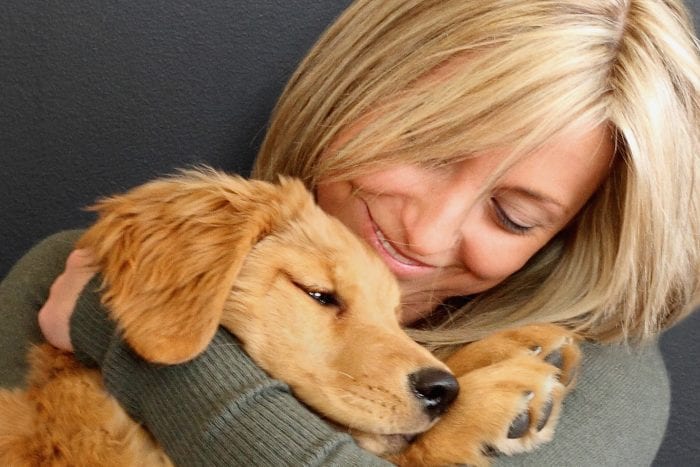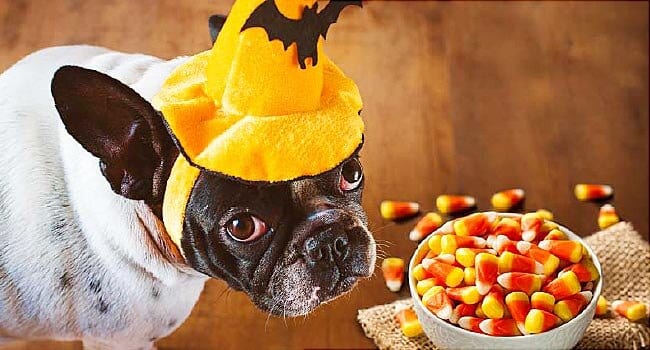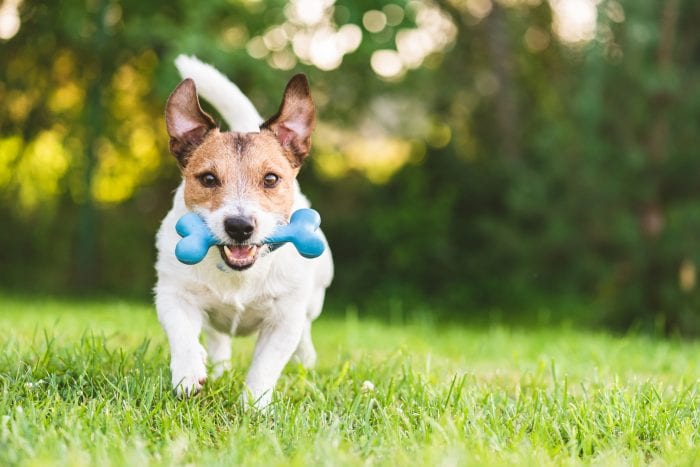By Matthew Kearns, DVM
 The holiday season is a time of gathering and thanks but, during these stressful and uncertain times, it can be difficult to find anything to be thankful for. The exception is pet ownership. One thing I hear over and over is, “I am thankful for my pets.” Now, more than ever, pets provide stress reduction and help to fend off loneliness. They are good for mind and body.
The holiday season is a time of gathering and thanks but, during these stressful and uncertain times, it can be difficult to find anything to be thankful for. The exception is pet ownership. One thing I hear over and over is, “I am thankful for my pets.” Now, more than ever, pets provide stress reduction and help to fend off loneliness. They are good for mind and body.
How do we know that interacting with a pet reduces stress? I read about a study where individuals were induced into a stressful state and then offered a rabbit, a turtle, a toy rabbit, or a toy turtle. Those individuals that pet a real rabbit or turtle showed a significant reduction in stress compared to those that pet a toy rabbit or turtle.
More recently, a study comparing pet owners (dogs and cats) to non-pet owners during COVID found that owning a pet reduced the feelings of isolation by having an individual (even if not human) to talk to throughout the day. Some of the participants even relished the fact that they were able to spend more time with their pets during lockdown than before. This is so important in the new era of online meetings, classes, etc.
Pet ownership also benefits physical health. Previous studies both in the United States and abroad have concluded that just owning a pet significantly reduces the risk of cardiovascular disease, such as a heart attack or stroke, reduces the risk of type II diabetes, and lowers cholesterol.
Even before COVID it was known that owning a pet motivates us to exercise more. The national physical activity guidelines recommend 150 minutes of moderate exercise per week but a CDC analysis states only about 50% of Americans get that total. In contrast to this data, research shows that dog owners walk an average of 22 minutes more per day. Not only do dog owners exercise more, but also the type of exercise is healthier. The type of exercise is described as at a moderate pace which refers to getting the heart rate up.
A more recent study found that dog owners were more likely to take their dogs for walks during COVID and, as a result, lost more weight than non-dog owners. So let us give thanks to the furry, four-legged members of our family who enrich our lives every day.
I give thanks to all the readers who enjoy this column. I would like to also thank Heidi Sutton, editor of the Arts and Lifestyle section, as well as all the staff at Times Beacon Record News Media for another great year!
Dr. Kearns practices veterinary medicine from his Port Jefferson office and is pictured with his son Matthew and his dog Jasmine.








 My last article focused on some general potty-training techniques. This article will focus on crate training.
My last article focused on some general potty-training techniques. This article will focus on crate training.







